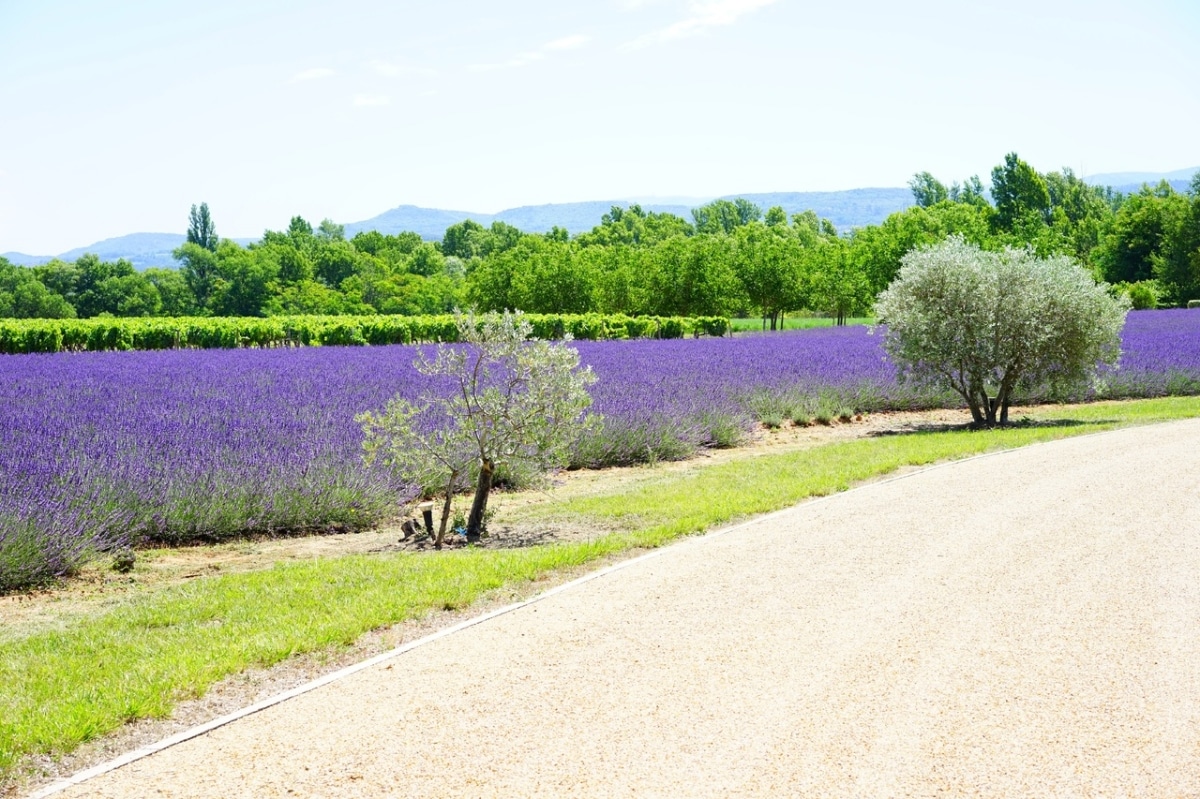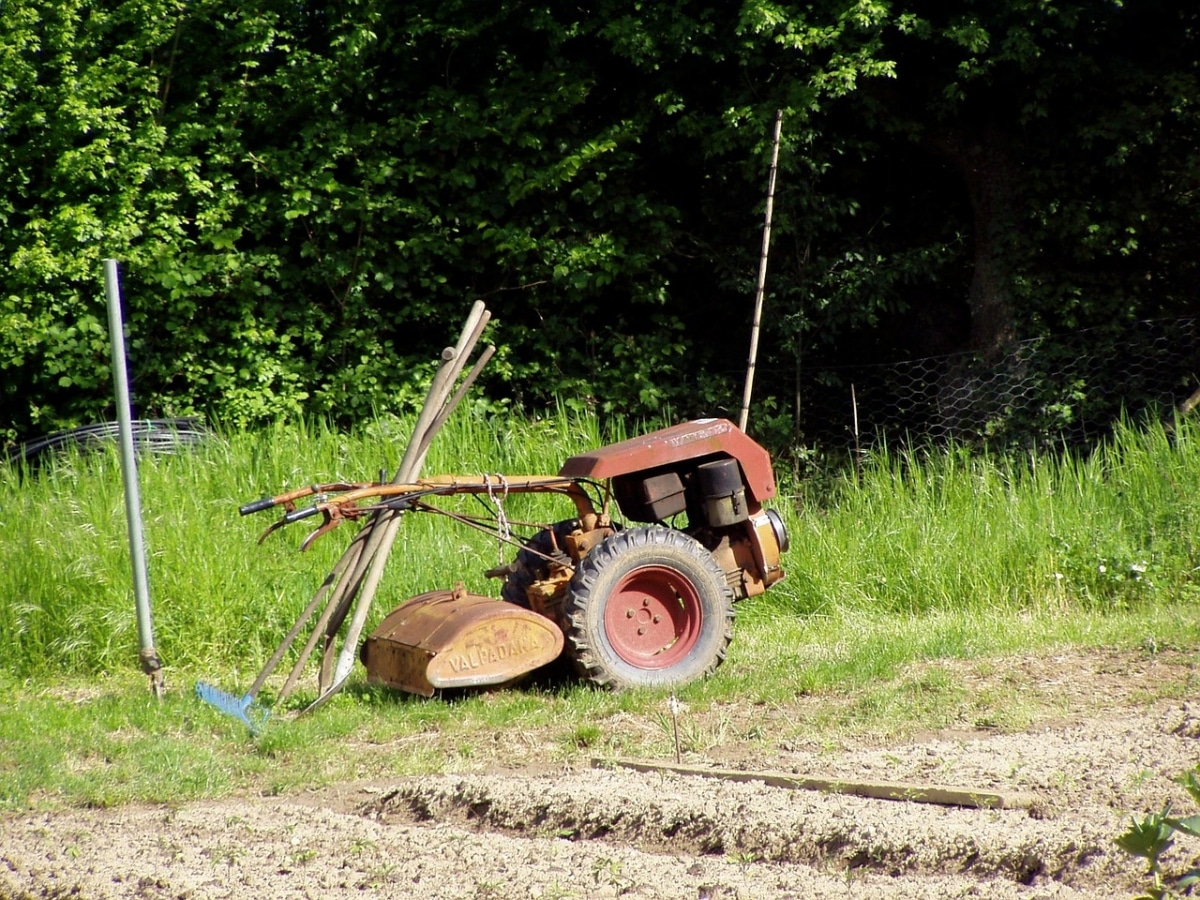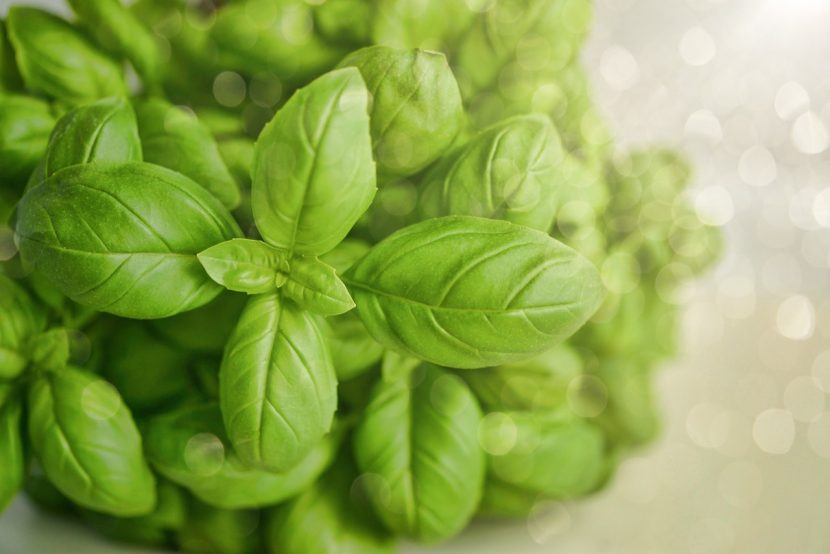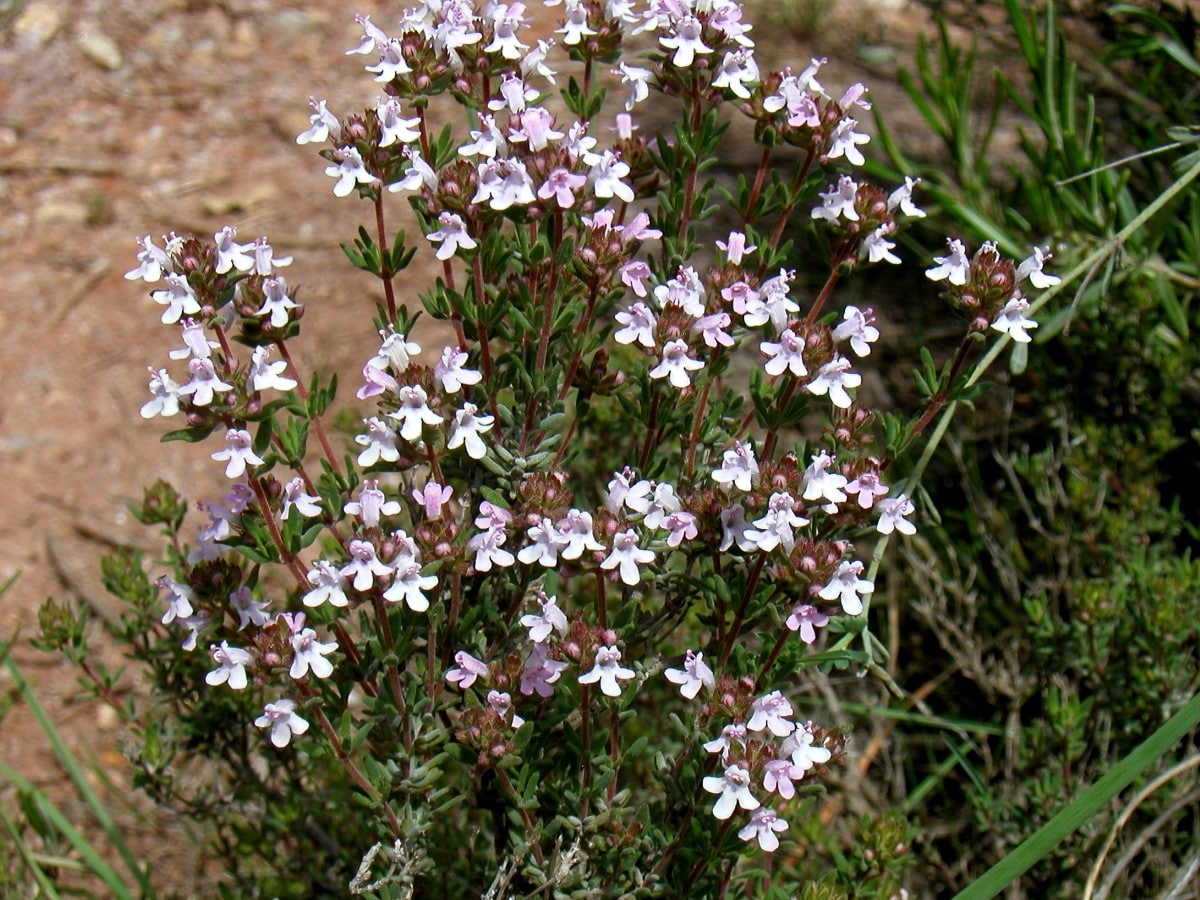
Can you imagine arriving in your garden and feeling the aroma of the plants? If what you are looking for in it is the opportunity to get drunk with its smell, you should know that there are many, many species that will be of great use to you. We are talking about herbs, yes, but also about bushes and trees whose leaves and / or flowers leave their "imprint" on your hands when you touch them.
In addition, they are plants that do not need special care. In fact, designing an aromatic garden can be just as rewarding for adults as it is for little ones, since they are not only harmless crops for them, but they will also make them feel more integrated by doing something that they can continue to enjoy after having designed it.
Make a draft
The first is the first. When designing a garden it is important to make a rough draft, as this will be of great help when you go to work in the field. You can do this on paper, but it is also very interesting to use some free program to design gardens.
But in any case, In any draft, the different areas of the garden, as well as the types of plants that you want to put in each of them, must be very specified, at a minimum., taking into account the available space, the characteristics of the terrain, as well as the size that the plants themselves will have when they grow. Don't forget to draw the paths, but don't put them anywhere.
There is a norm in landscaping and that is that the roads must lead to some place of interest. Although it sounds obvious, it is important to avoid creating paths that only serve to walk on them. And is that when you walk, you have to do something else: enjoy the views, stop to smell the roses, or go to the pool for example.
Prepare the ground

Now that your draft is finished, put on your gardening gloves and get to work. So that, the first step is to remove the grasses, as well as the stones that are on the ground. Depending on its extension, it can be done with a hoe, or with the help of a walking tractor or with a rake. This last tool will also be useful for leveling the ground, a task that we will do once there are no grass or stones.
Then you have to make sure that the soil has proper drainage. To do this, we will make a hole of approximately 1 x 1 meter, and we will fill it with water. Then we calculate the time it takes to be absorbed. The ideal is that we see that it begins to absorb it from the first moment, and that it does not take more than an hour. If it takes longer, in those areas where there are plants it will be very important that, when planting them, we make the hole larger than normal and fill it with peat mixed with perlite.
Install the irrigation system
While many scented plants don't need a lot of water, It never hurts to install an irrigation system in those areas where we are going to cultivate them, dripping if possible since it is the one that will allow us to take much better advantage of the precious liquid, reducing possible losses to a minimum. In addition, although it is advisable that there be electricity in the solar, if there is not, we do not have to worry: we can not only make our own de home drip irrigationfor example with large plastic bottles, but we can also use gravity to our advantage, how? So:
- The first step is to get a large water tank, at least 1000 liters.
- Then we place it on a high surface.
- And from here we assemble the drip irrigation system.
The question now is, how do we fill the tank with water? Well, if there is no electricity and we do not have a generator, then we will have to choose to buy it. For example, every few months we order a water truck that costs us about 60 euros. It is money, yes, but very well used because thanks to it we have the possibility of cultivating, for example, a garden that, although it is small, is sufficient.
Choose aromatic plants
All the aromatic plants they have to be in easily accessible areas, for example on both sides of the paths, in the relaxation area, in the orchard. It is highly recommended to create flower beds with them, since the more there are at the same point, the more intense its aroma will be. Likewise, they must be exposed to the sun, or at least in a bright place.
Another important point is that we must choose the plants that best adapt to the conditions of our garden; that is to say, that they are capable of adapting to our climate, without being harmed by frosts or / or extreme heat, if any.
Here is a selection of aromatic plants that can be used for your garden:
Basil

La basil It is an annual cycle herb, but in frost-free climates it is grown as a short-lived perennial. It has lustrous green leaves, with an oval shape, and reaches about 40 centimeters, although they can reach 130 centimeters. It is a plant that is often very helpful to children, as they will be able to taste its fresh leaves without problems.. Can't stand the cold.
Buy seeds from this link.
Peppermint
La mint It is a perennial herbaceous plant that grows to 30 inches at most. Its green leaves have an intense aroma, something stronger than that of its closest relative: mint. It grows quite fast as long as it is in the sun. Also, its water needs are quite low. Resists up to -7ºC.
Don't run out of seeds. Buy them here.
Lavender

There are many types of lavender, but regardless of the species you choose, you are sure to enjoy it a lot. All of them grow in full sun, in well-drained, neutral or alkaline soils. They are often planted on the sides of the paths, since they are subshrubs that as they grow, they acquire rounded shapes with a maximum height of one meter. They withstand moderate frosts well, down to -12ºC (the variety L. angustifolia it lasts longer, up to -20ºC).
Get seeds here.
Menta

La mint It is very, very similar to peppermint, although it has slightly larger, smoother leaves. When we touch it, we will immediately smell delicious, sweet, which can accompany us to the kitchen if that is what we want. Resists up to -7ºC.
Do you want seeds? Click here.
Oregano

El oregano It is a perennial herb about 45 centimeters tall that has small, oval green leaves. Likes the sun, but also adapts to semi-shade, and does not usually have pest problems beyond some aphids or red spider that you can eliminate with water. Withstands frosts down to -12ºC.
From here you can buy seeds.
Parsley

El parsley It is another popular aromatic plant in gardens, let alone in the kitchen. It is a grass that lives for approximately two years, with green leaves, and with a height of about 60 centimeters. Unlike others, this is a plant that prefers bright areas, but without giving it directly. Resists up to -7ºC.
Buy seeds here, and grow your own parsley.
Aromatic rose bushes

Image - Wikimedia / Anna reg
Is it difficult to find unscented rose bushes? Well, it depends. You may feel like you are spending more money and effort on getting bigger, more showy flowers, and scent isn't being given as much importance. But don't worry: there are still very interesting hybrids, like these:
- Rose 'Abbaye de Cluny': a shrub that can measure up to 90 centimeters, and that gives orange flowers.
- Rose 'Alba Meillandécor': it is a shrubby plant that measures up to 140 centimeters in height, and produces white flowers.
- Rose 'Blue Moon': climber, which produces lilac-colored flowers.
- Rose 'New Dawin': another climber, with pink flowers.
All these roses are deciduous and resist frosts down to -18ºC.
Common sage

Image - Wikimedia / A. Bar
All sage is aromatic, but not all of them are as easy to care for as Salvia officinalis, that is to say, the common one. It is a perennial plant that measures a maximum of 70 centimeters, with oblong green leaves of green color, and white-purplish flowers. It is therefore very interesting to plant it for example in sunny areas, in the form of a low hedge for example. Withstands frosts down to -7ºC.
Thyme

Image - Flickr / Ferran Turmo Gort
El thyme It is a perennial herb or subshrub that grows up to 40-50 centimeters tall. In addition to its characteristic aroma, produces very numerous white flowers in spring, so it is very interesting to plant it in easily accessible areas. It resists frosts down to -12ºC.
Buy seeds from here.
As you can see, it is possible to design aromatic gardens since there are many plants that give off aroma. Therefore, we hope you have been of interest.
